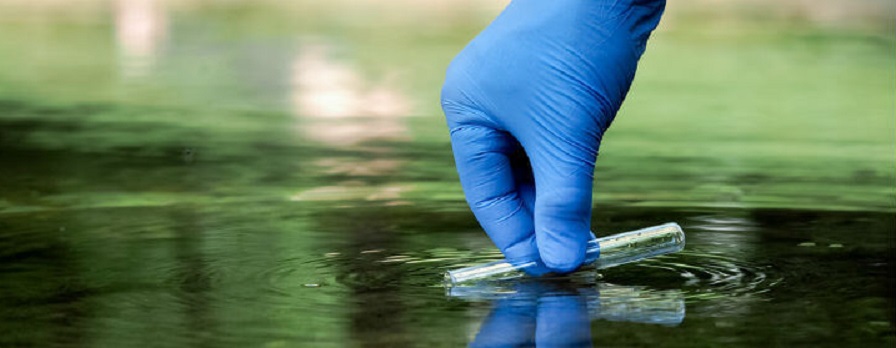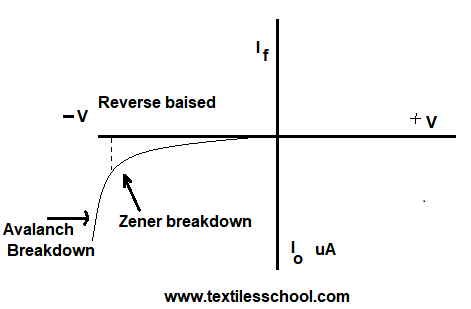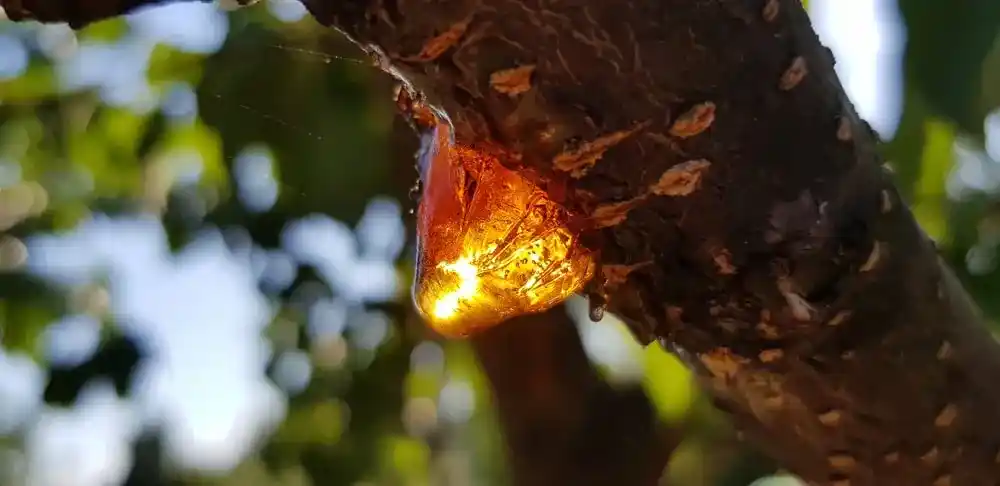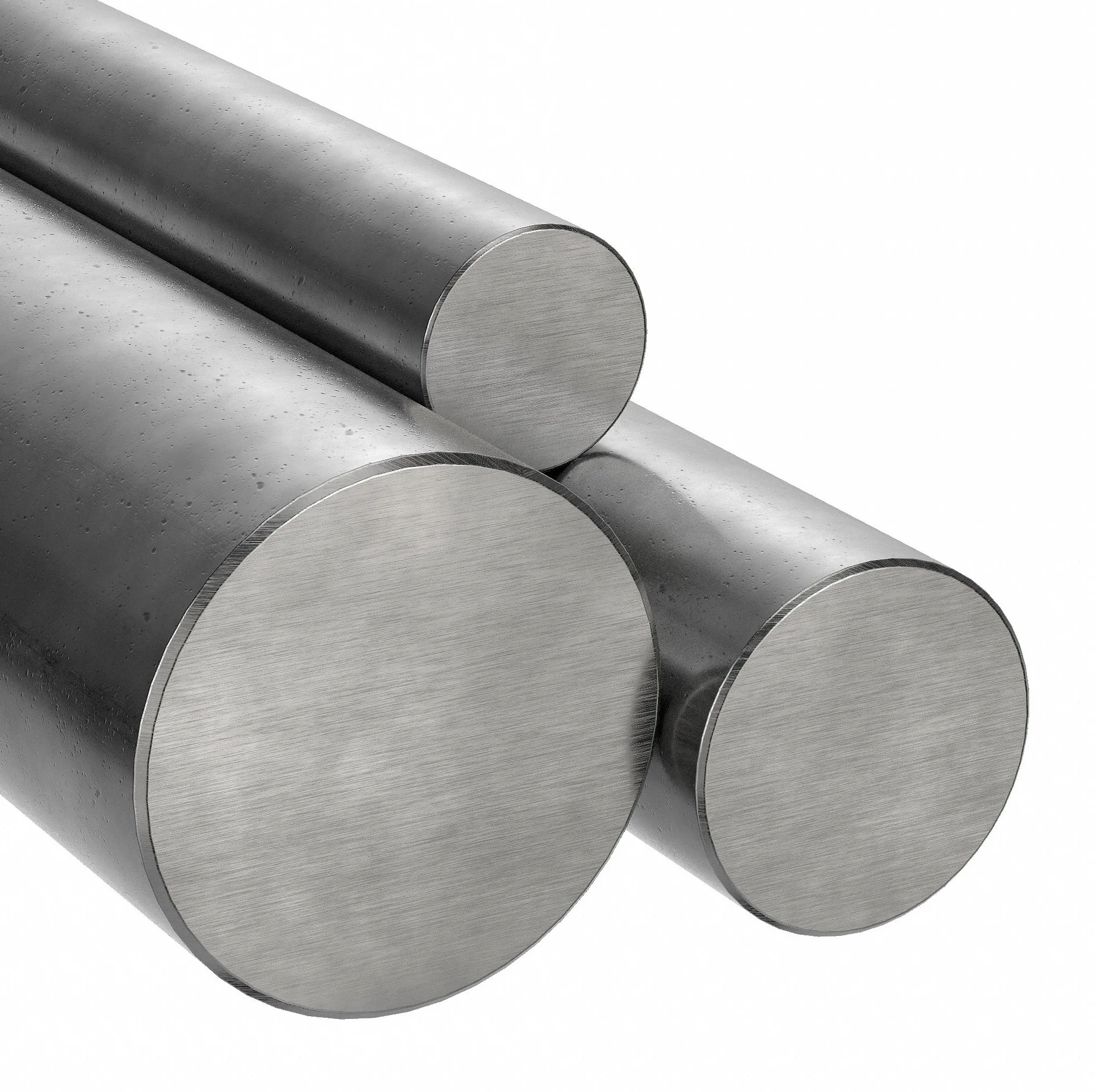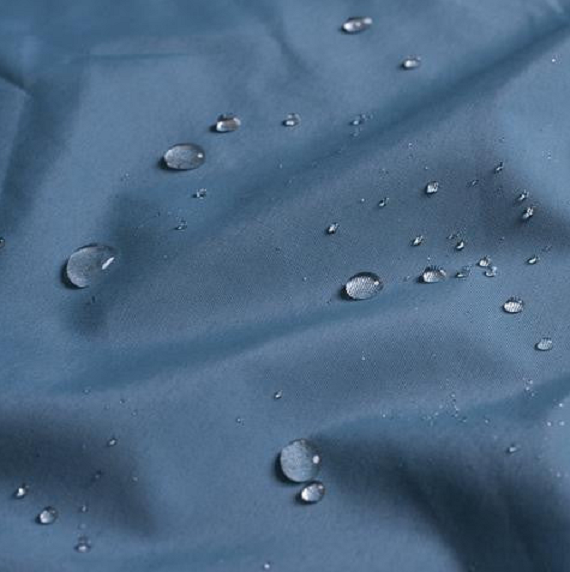Hardness is the most important property i.e. impurity present in water. So the water that does not give lather with soap is called hard water. Also, hard water has dissolved impurities which destroy the soap and will form scum over the soap. “Hence hardness is the power of not forming scum” Hard water is not fit for drinking, in boilers and industrial uses. Also, soap is salt of sodium stearate C17H35COONa
2C17H35COONa Ca/Mg salt → (C17H35COO)Ca/Mg (insoluble or scum of ppts + 2Na
What is the hardness of water?
There are two types of hardness
Temporary hardness
Temporary hardness is due to the presence of Ca and Mg carbonates and bicarbonates. Basically, their hardness is alkaline hardness. So, it can easily be removed by simply heating
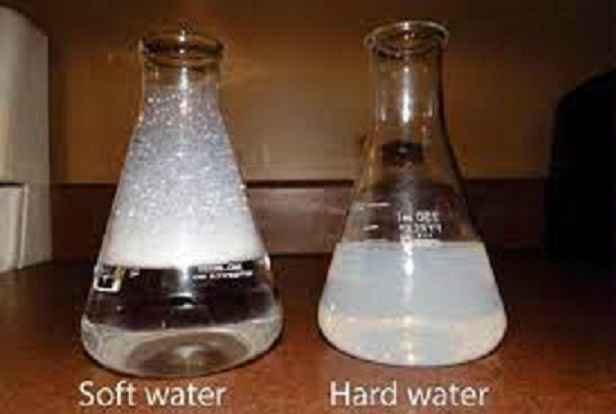
i.e Ca/Mg(CO3, HCO3) temporary hardness or alkaline hardness
Ca(HCO3)Heat→CaCO3↓ + H2O + CO2
Mg(HCO3)Heat→MgCO3↓ + H2O + CO2
MgCO3+ H2O → Mg(OH)2↓+ CO2
Also, the temporary hardness is measured by treating it with a standard acid solution. So, It is observed by scale in tea kettles.
Permanent hardness
This hardness is due to the presence of chloride sulphates of Ca and Mg. It is non-alkaline hardness. Basically, it is determined by treating it with a standard solution of soap or EDTA (Ethylene diamines tetra acetate).
2(NaOOCH2C)-N-CH2-CH2-N-2(NaOOCH2C)
This hardness can be removed by chemical methods.
Disadvantages of hard water
Hard water is very harmful to the boiler due to the deposition of salts as a result reduces boiler efficiency. Also, hard water is not suitable for laundry and other processing in the dying and finishing process. Hard water is also not suitable for drinking for a long time creating many problems and strains on the body’s skin. Also, the spot appears on fabrics
- Firstly soap wastage
- Secondly energy wastage
- Boiler body scale so wastage of metal
Water treatment or water softening
The water contains a lot of impurities due to soil and atmospheric conditions. Hence it is not suitable for boiler and must be well treated to maintain the water and steam purity in order to prevent the deposition of suspended solids and scale on the boiler surface and also silica deposition and corrosion in boiler tubes. Also, the extent of pre-treatment depends on the source of raw water used. Well water usually requires simple filtration while water from rivers and lakes requires more treatment.
Removal of the temporary hardness of water
Boiling
Surprisingly soluble bicarbonate into carbonate which is insoluble simply by boiling.
Ca(HCO3)2→CaCO3 ↓ +CO2+ H2O
Mg(HCO3)2→MgCO3 ↓ + H2O + CO2
By Clark method
In general, in this method, bicarbonate is converted into carbonate to remove the hardness by using sodium hydro-oxides as an agent.
2Ca(OH)2 + Ca(HCO3)2→2CaCO3 ↓ + 2H2O
Removal of the permanent hardness of water
Colgan method
In this method Na(PO3)6 (sodium -hexa-meta-phosphate) is used as Colgan as an agent so, the salts will be converted into ions Ca++, Mg++etc.
Zeolite method
In general, In this method, zeolite(sodium-aluminium-ortho-silicate) is used to remove permanent hardness. Also, zeolite is a Na2Al2O8.KH2O.
Resine method (ion exchange)
So, In this method, the resin is used as RNH2OH salt ion as Ca++, Mg++etc. Hence it will react with this resin
RNH2OH + Mg++→(RCOO)2Mg + 2H+
Chlorination
Significantly, it is a process in which water is chlorinated to prevent odour.
Coagulation
So the suspended particles are made to coagulate by special chemicals. The coagulated material then settles down by gravity at the vessel bottom and is removed.
Softening
The chlorinated water depending upon the hardness and alkalinity undergoes softening. At first, hardness is the chief source of scale in heat exchangers, boilers, and pipelines caused by the presence of calcium and magnesium salts containing Ca and Mg ions. Alkalinity is mostly by HCO-13 but is also caused by CO-23. Also, softening is usually done in a cold process by using lime soda ash Ca(OH)2, which precipitates the bicarbonates and sulphates i.e
2Ca(OH)2 + Mg(HCO3)2→2CaCO3 ↓ +Mg(OH)2+ 2H2O
MgCl2 + Ca(OH)2→ Mg(OH)2↓ + CaCl2
MgSO4 + Ca(OH)2→ Mg(OH)2↓ + CaSO4
CaSO4 + Na2CO3→ Na2SO4 +CaCO3 ↓
Also, the products of CaCO3 and Mg(OH) 2 are insoluble in water and settle down to the bottom of the vessel. So the sludge is removed from the container.
what is precipitation?
A chemical method/chemical reaction of separating salt from water by adding different chemicals water as Lime soda ash Ca(OH)2. The solution is heated and cooled, and salt precipitates out of the solution, and settles down due to gravity.
Filtration
At last, filtration is done which further removes the residual solid suspension.
Measurement of hardness
Since CaCO3 is taken as a common factor for the measurement of hardness.
Also, 1 gram of CaCO3 in one gallon of water is called 10 hardness.
In other words, 1 gallon= 70,000 grains of H2O (nowadays international unit)
Also,1 ppm of hardness = 1 milligram of CaCO3 in one Kg of water (1000,000 milligrams).
i.e
So, one part of CaCO3 in 1000,000 parts of H2O. Still, many countries express hardness in their own ways.
America 1 G.P.G= 1 grain of CaCO3 per US gallon of water.
British 1 degree = 1 grain of CaCO3 per British gallon of water.
French 1 part of CaCO3 per 100,000 parts of H2O.
German 1 part of CaO per 1000,000 parts of H2O
Russian 1 part of Ca per 1,0000,000 parts of H2O
The above scales can convert international units as follows
American x 17.1=international
British x 14.3=international
French x 10 =international
German 17.9=international
Russian x 2.5=international
What is total hardness?
In other words, the hardness measured is total hardness = temporary hardness + permanent hardness
Up to 150 ppm = soft water
Also, 150~350 ppm hard depending upon use.
| Salts/minerals | Type of hardness | Solubility ppm | Hardness in ppm (in CaCO3) | Hardness in British degree |
| Ca(HCO)3 | Temporary | 1180 | 730 | 51 |
| Mg(HCO)3 | Temporary | 31,000 | 36750 | 2570 |
| Fe(HCO)3 | Temporary | 4000 | 3450 | 240 |
| CaCO3 | Permanent | 68 | 68 | 4.8 |
| MgCO3 | Permanent | 700 | 830 | 58 |
| Ca(SO4) | Permanent | 1980 | 1450 | 102 |
| Ca(OH)2 | Permanent | 1700 | 2300 | 161 |
| Mg(OH)2 | Permanent | 9 | 15.4 | 1.1 |
Side effects of hard water
- Firstly cloth appearance looks dull
- Secondly, salts are deposited in water pipes and in boilers, etc.
- Also, soap efficiency will reduce
- Stain spots on metal parts while touching with hard water continuously
- Due to salt deposition, more energy is required as a layer created on it
How hardness of water affects industries
The hardness of water is the most serious problem and affects the processing in a variety of manners. Some of the problems are discussed as follows
I)-Process involving the use of soap
The non-alkali metals containing e.g. Ca, Mg, Fe, and maybe lead etc in water will react with soap to convert it into a useless product, rather a troublesome product.
C17H35COONa + Fe+3 /Ca+2 /Mg+2 →(C17H35COO)2Ca( insolveble soap grease) + 2Na+
The textile industry uses a lot of soap for soaping dying ( Vat, azoic, sulphur, etc). Similarly, printed goods require thorough soaping. Soap is also used for degumming silk, scouring raw wool(wax) and wool fabrics, creping silk and as softener finishes to textiles. It is estimated that I kg soap will be precipitated with a hardness of 100 p.p.m in 100 litres of water.
Besides this wastage Ca, Mg soaps restrict to fibre giving harsh and light colour spots. These soaps decompose during the storage of material giving a foul smell and occasionally causing mildew.
ii)-Processing requiring alkalies at elevated temperature
Whenever hard water comes in contact with caustic soda ashes and it is also heated or boiled in salts of Mg, Ca and it precipitates the fabrics. Also, this solution is often met in the processing of the cotton textile e.g. (Kier boiling), dying various cloths, both in hot and cold water rinsing out alkalies, for package dying. These insoluble compounds often precipitate and stick to the fibre and although their quality is small yet they reduce quality appreciably.
On dying the material further, these white ppts on the amount of their presence, reduce the depth of shade, purity and brightness of colour will be marked ( finished)
iii)-
In the package dying of yarn ppts hinder the free flow of liquor through the package and causes unevenness dying.
IV)-
Certain dyes are very sensitive to Ca and Mg Compounds. In the presence of a dye Ca, Mg compounds will form and the less soluble Ca and Mg complexes or salts are formed, The ppts dye cause non-uniform dying besides weakening the depth of the shade.
Dissolved gases
Dissolved gases like O2 with the dying of certain interfere with the dying of certain cloth of dyes especially the vat dyes while CO2 in the water reacts with iron precipitates carrying water to form ferrous bicarbonate.
Fe + 2CO2 + 1/2O2 + H2O → Fe(HCO3)2
Fe(HCO3)2 can produce colour spots on the processed goods and also catalyse the bleaching action of H2O2. The excessive reactivity of peroxide weakens the fibre and may even produce holes in the material.
Total dissolved solids (T.D.S)
If the concentration of dissolved solids especially those of sodium salt is high the finished textile material will absorb the moisture from the atmosphere and give the cloth an undesirable damp and limp feeling.
Generally, the stiffness of textile fabric dried after rinsing with hard water felt. The solid content of rinsed water in greater amounts also gives a stiff feeling.
Water quality requirements in the textile industry
| Turbidity | 3 ppm |
| Colour | 5 Hazen units |
| Hardness | 25 ppm |
| Iron | 0.01 ppm |
| Mn | 0.02 ppm |
| Total alkalinity | 64 ppm |
| T.D.S | 150 ppm |

